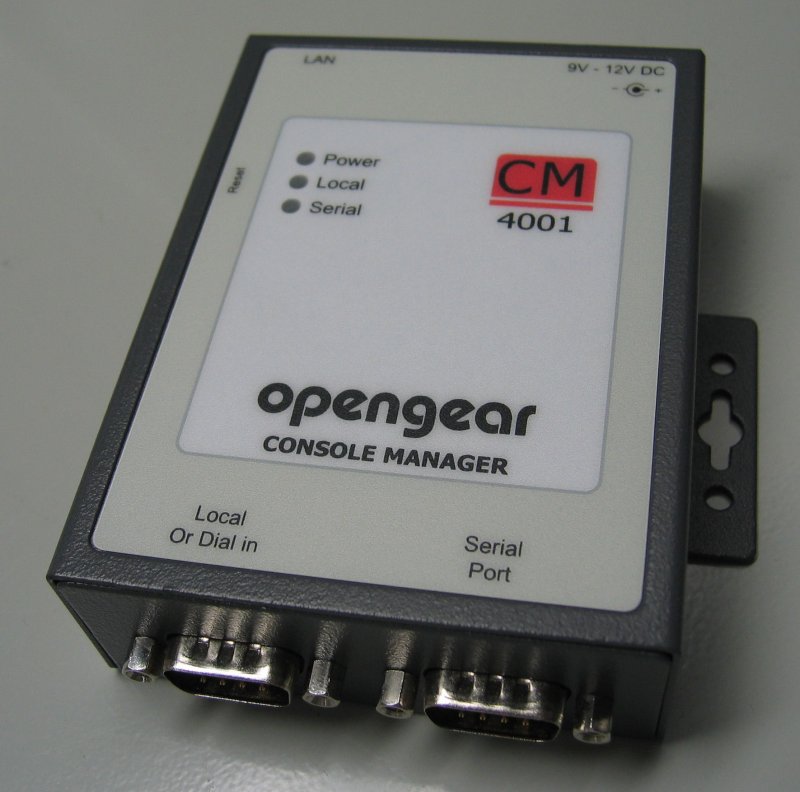


(see the "ip" command, specifically "ip route" for adding routes) If we then assume the other machine connects to the onward ethernet port to another local network on say 192.168.2.1/24, you would then need to add two static routes to get full internet connectivity on the second machine. If you tell your PPP link to use 192.168.1.1/24 and 192.168.1.2/24, you will end up with an address of 192.168.1.1/24 on ppp0 on the machine connected to your local network, and 192.168.1.2/24 on the other machine connected via the serial link. Let's say for the sake of argument your local broadband router has a local IP of 192.168.0.1/24. (there are a lots of "howto's" re configuring ppp knocking around) When set up, the client can be told to "dial" the server, then the server will issue an IP pair the end result is that you will have a new network interface on each machine (typically called "ppp0") connected via a point-to-point TCP/IP link. Each end needs to be configured with the device name of the serial port on that machine, and some basic details like line speed etc. To make this work you will need to run a "pppd" server on one of the machines, and a"ppp" client on the other. Hi, I'm not sure whether you can make socat do what you want, but I think the "proper" way to achieve what you want is via PPP.


 0 kommentar(er)
0 kommentar(er)
